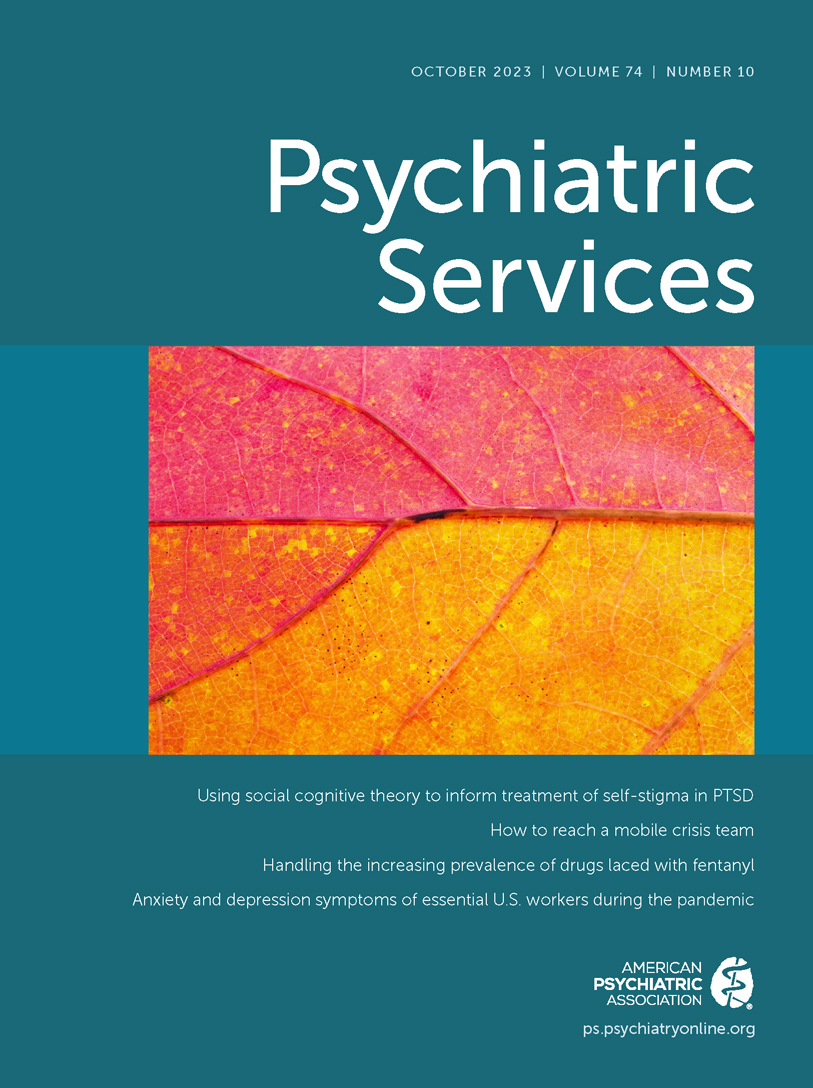Community-Based Service Use After Clozapine Treatment: A Mirror-Image Analysis of Public Claims Data
Abstract
Although clozapine demonstrates unique efficacy for treatment-resistant schizophrenia, its impact on community-based services remains largely underexplored. The authors examined changes in use of community-based services after clozapine treatment among a sample of 163 patients with schizophrenia by using public claims data in Allegheny County, Pennsylvania. Mirror-image analyses of service utilization were used to compare the 180-day period before treatment initiation with the 180-day period that began after 6 months of adherent treatment, accounting for age, race, and gender. Across demographic variables, clozapine treatment was associated with increased use of community-based services and decreased use of psychiatric inpatient services (p<0.05, Bonferroni corrected), suggesting that clozapine treatment shifts service needs from emergency care to community-based care and recovery.
Access content
To read the fulltext, please use one of the options below to sign in or purchase access.- Personal login
- Institutional Login
- Sign in via OpenAthens
- Register for access
-
Please login/register if you wish to pair your device and check access availability.
Not a subscriber?
PsychiatryOnline subscription options offer access to the DSM-5 library, books, journals, CME, and patient resources. This all-in-one virtual library provides psychiatrists and mental health professionals with key resources for diagnosis, treatment, research, and professional development.
Need more help? PsychiatryOnline Customer Service may be reached by emailing [email protected] or by calling 800-368-5777 (in the U.S.) or 703-907-7322 (outside the U.S.).



